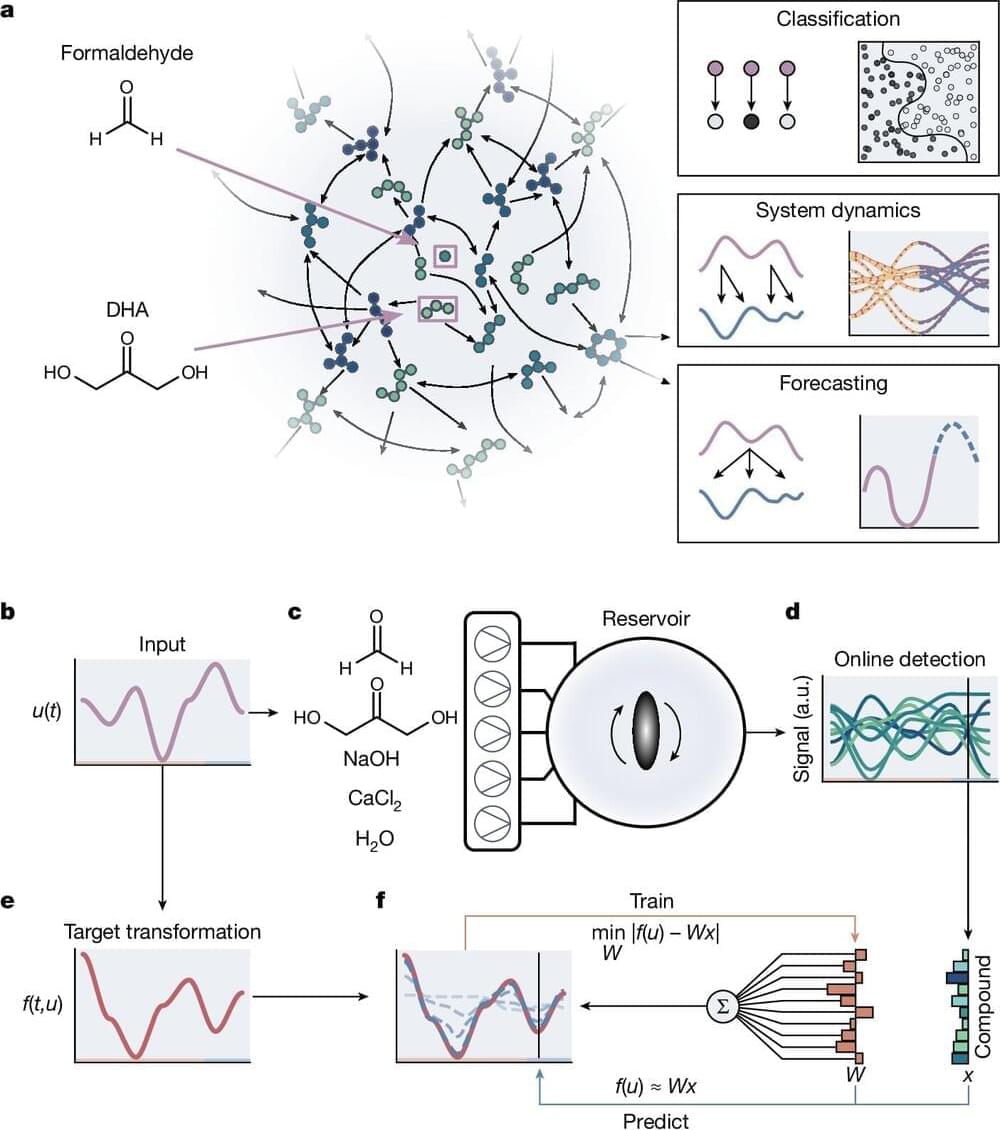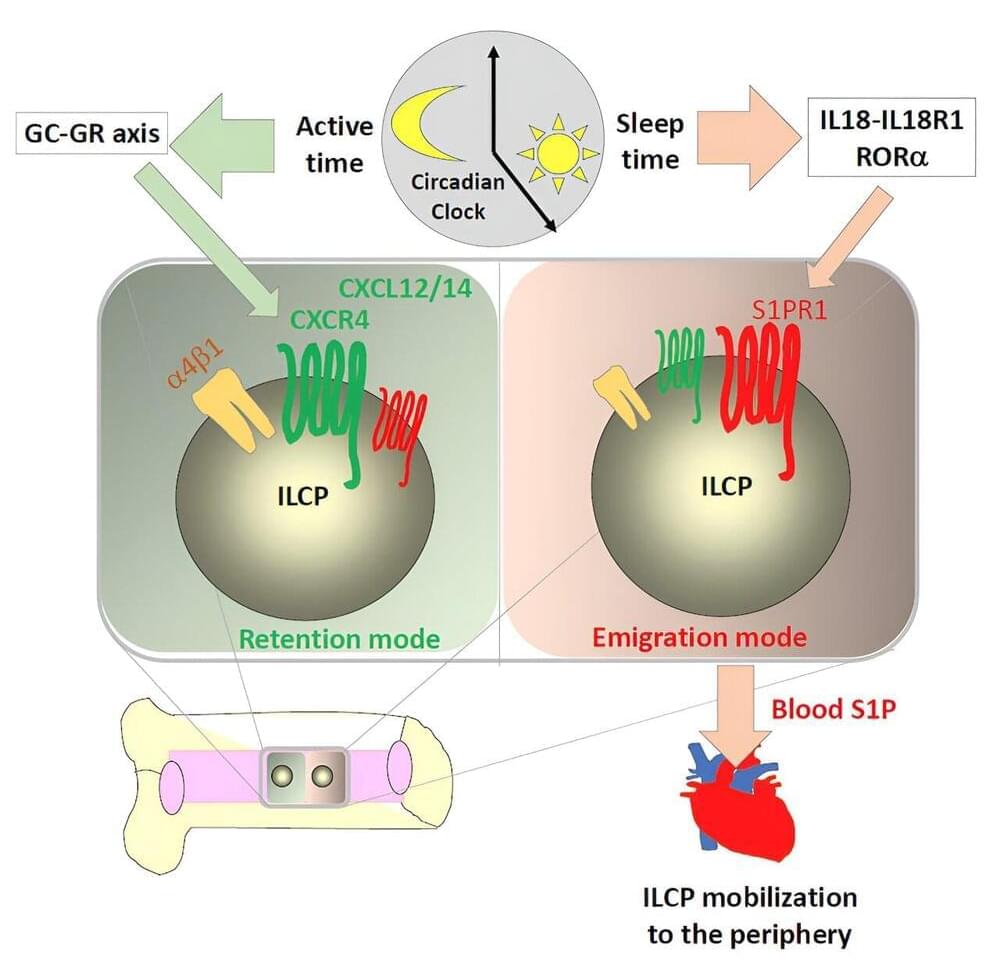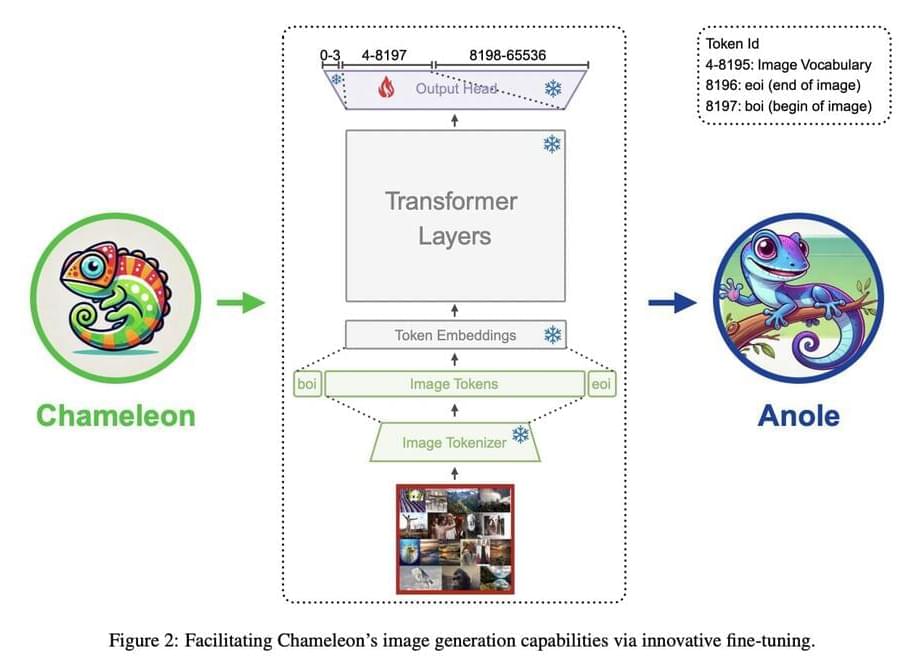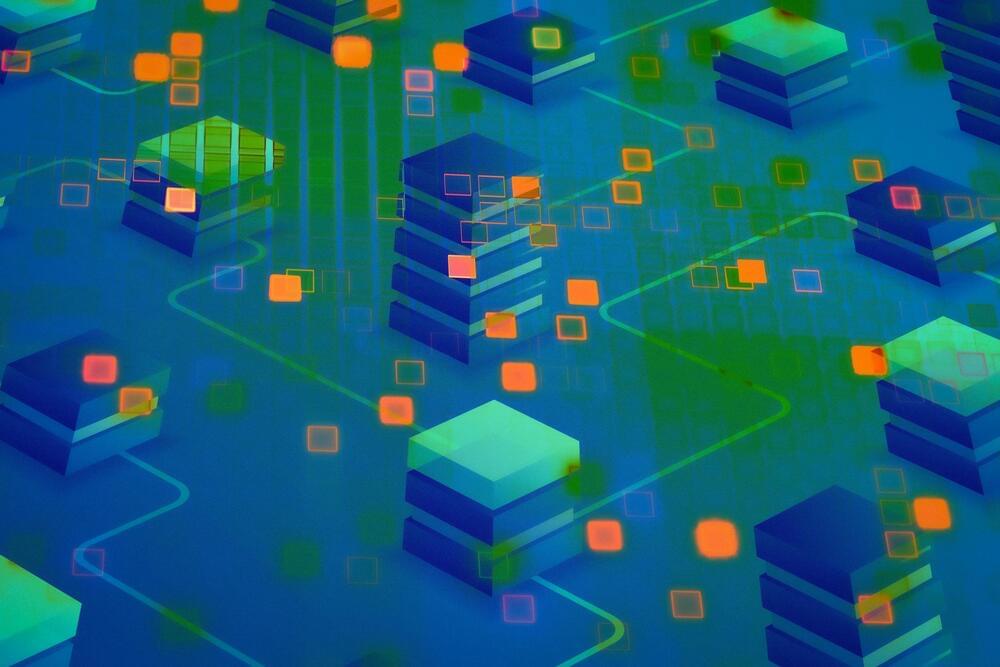Tonight sees the beginning of the year’s popular annual meteor shower that brings the most prolific displays—the Perseids. This year, it will peak in moonless skies.


Scientists are developing a process inspired by nature that efficiently recovers europium from old fluorescent lamps. The approach could lead to the long-awaited recycling of rare earth metals.



A team of scientists used NASA’s James Webb Space Telescope to parse the composition of the Crab Nebula, a supernova remnant located 6,500 light-years away in the constellation Taurus. With the telescope’s MIRI (Mid-Infrared Instrument) and NIRCam (Near-Infrared Camera), the team gathered data that is helping to clarify the Crab Nebula’s history.
The Crab Nebula is the result of a core-collapse supernova from the death of a massive star. The supernova explosion itself was seen on Earth in 1,054 CE and was bright enough to view during the daytime. The much fainter remnant observed today is an expanding shell of gas and dust, and outflowing wind powered by a pulsar, a rapidly spinning and highly magnetized neutron star.
The Crab Nebula is also highly unusual. Its atypical composition and very low explosion energy previously have been explained by an electron-capture supernova — a rare type of explosion that arises from a star with a less-evolved core made of oxygen, neon, and magnesium, rather than a more typical iron core.

Helping to defend those tissues are innate lymphoid cells, or ILCs, which when faced with a threat, stimulate proteins called cytokines that further activate the immune system and control the intestinal microbiome.
These cells naturally diminish with aging or can be depleted by certain medical conditions.
ILCs are made inside bone marrow and circulate in the blood. But how are they activated to mobilize and travel to their target sites to replenish the depleted pool of tissue ILCs?

Join us on Patreon! https://www.patreon.com/MichaelLustgartenPhDDiscount Links: Epigenetic, Telomere Testing: https://trudiagnostic.com/?irclickid=U-s3Ii2r7x…
“Mind uploading speculation and debate often concludes that a procedure described as gradual in-place replacement preserves personal identity while a procedure described as destructive scan-and-copy produces some other identity in the target substrate such that personal identity is lost along with the biological brain. This paper demonstrates a chain of reasoning that establishes metaphysical equivalence between these two methods in terms of preserving personal identity.” — Keith Wiley https://keithwiley.com https://www.brainpreservation.org/tea… thanks for tuning in! Please support SciFuture by subscribing and sharing! Have any ideas about people to interview? Want to be notified about future events? Any comments about the STF series? Please fill out this form: https://docs.google.com/forms/d/1mr9P… Kind regards, Adam Ford — Science, Technology & the Future — #SciFuture — http://scifuture.org

Researchers from MIT and elsewhere developed an easy-to-use tool that enables someone to perform complicated statistical analyses on tabular data using just a few keystrokes. Their method combines probabilistic AI models with the programming language SQL to provide faster and more accurate results than other methods.